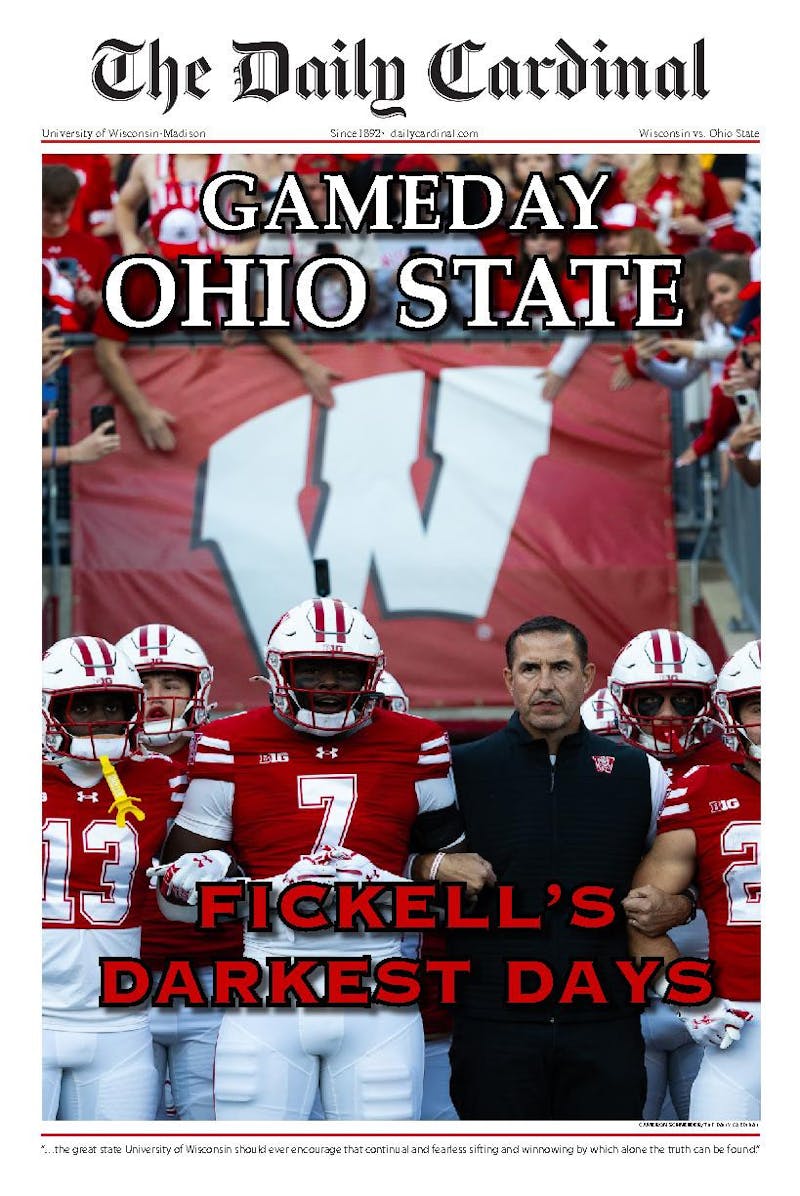Based on David Mitchell’s 2004 bestselling novel of the same name, “Cloud Atlas” puts a capital A in ambition and B in bold.
Calling this film an ambitious undertaking would almost be an understatement. Directed by Andy and Lana Wachowski as well as Tom Tykwer, “Cloud Atlas” follows different characters across six separate stories (set in 1849, 1936, 1973, 2012, 2144 and in a post-apocalyptic —”106 winters after The Fall”— future of some sort). The Wachowski siblings directed the 1849 and futuristic parts, and Tykwer the segments in between.
The plot boils down, more or less, to this: an 1849 Pacific sea voyage features a runaway slave, a lawyer and an evil doctor who change each other’s lives. A young man attempts to work with an aging composer in 1936, as he recalls through letters to his gay lover; a journalist in 1973 San Francisco tries to uncover the truth behind a nuclear power plant; an impatient literary publisher tries to escape institutionalization in a nursing home in modern day United Kingdom; a cloned slave escapes from the totalitarian society in which she serves to join an underground resistance movement in a futuristic Korea in 2144; and a tribesman in post-apocalyptic Hawaii helps a foreigner connect with another civilization.
The sprawling collection of actors, including Tom Hanks, Halle Berry, Jim Broadbent, Hugh Grant, Hugo Weaving, Ben Whishaw and Susan Sarandon, play multiple roles throughout the different stories in an effort to depict the connectivity among human beings and the journey of the human soul.
Taken individually, some of the stories feel a little lacking, but strung together, the film works quite well (one can only do so much with three hours to tell such a story). The three directors effectively set up each story well so the emotional payoff is rewarding. Though the stories demand some patience at times, the film’s editing seamlessly blends the characters, settings and ideas together.
However, some parts of this massively ambitious film do not quite work.
Having actors appear in different roles in nearly every story is an important thematic element to the story, even though some of these performances feel flat. Hanks does an exceptional job in his meatier roles in the film, namely the segments in 1849 and the post-apocalyptic future, yet his turn as a crazy British writer in contemporary England comes off as more silly than anything. Other instances with other actors follow suit, yet on a whole, the film’s performances are solid and grounded.
Admittedly, some of the prosthetics are fairly distracting, especially when American or European actors are made to look like characters of Asian descent (or vice versa). Luckily, typically only one character decked out in prosthetics is on screen at a time, so the other characters balance it out. But either way, the makeup is a little over the top and borderline ridiculous.
The film features some fine cinematography by Frank Griebe and John Toll, and the score, co-composed by Tykwer, Reinhold Heil and Johnny Klimek, is fantastic, especially the “Cloud Atlas” theme that appears throughout the film.
Likewise, the production design is top-notch; each world feels unique and immersive. The film’s visual effects are also engaging and non-distracting.
While some of the moving parts in this beastly and epic film don’t work as well as certain others, when it all comes together by the conclusion, the film features some truly wonderful moments. On a whole, “Cloud Atlas” excels, and even though it may polarize the crowds, it is probably one of the most rewarding and inventive movies you’ll see all year; it’s well worth the watch.





